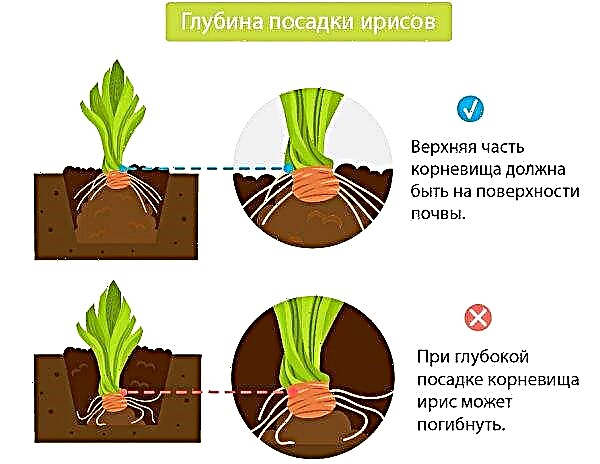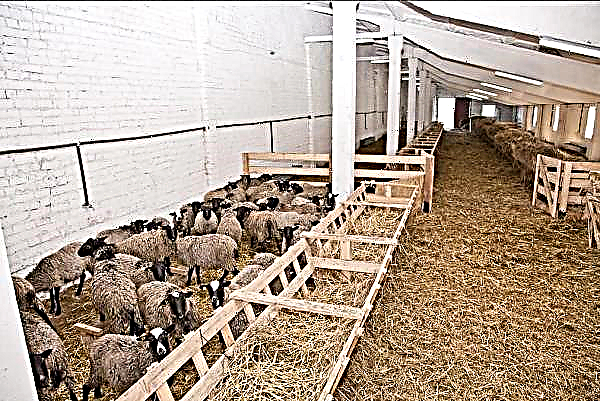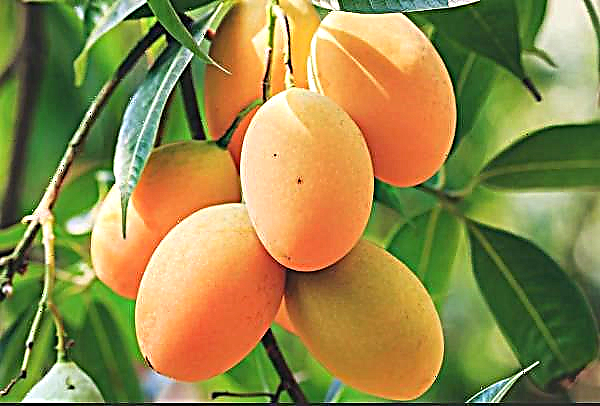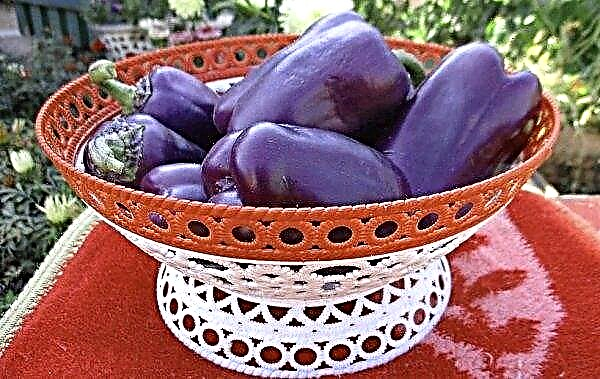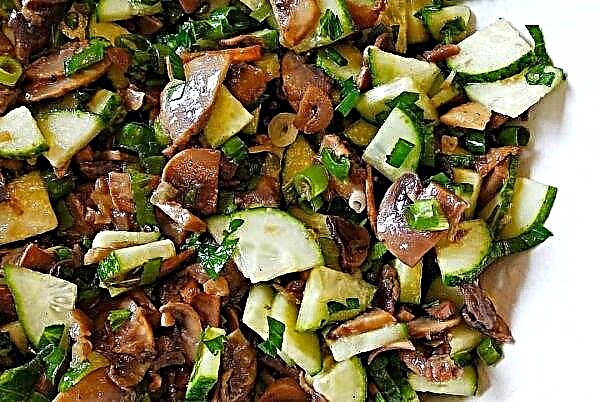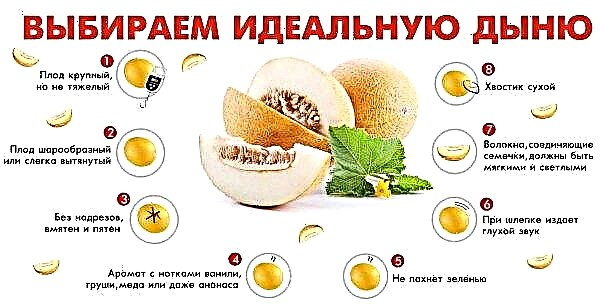Rosa Parkova or dogrose is a densely leafy shrub up to 1.5 m high. Many gardeners are interested in whether this crop will bloom when cultivated in climatic conditions of central Russia and at what time it happens.
Does the dog rose bloom
The culture in question blooms profusely in almost any climatic conditions, but the most widespread various varieties of rose hips were found in temperate climates. The bushes look attractive both during flowering and during fruiting. Thanks to this, the culture is used not only as a source of berries with medicinal properties, but also as a decorative plant.
Did you know? By the content of vitamin C, rosehip is 50 times higher than lemon.
How and when the dog rose blooms
In the climatic conditions of Moscow, the Moscow Region and surrounding areas (central region), culture begins to bloom in late May - early June. Flowering lasts from 2 to 20 days, less often a month, depending on variety. The appearance of flowers on this vegetation in the central strip symbolizes the beginning of summer.

In almost all varieties, flower buds begin to open between about 5-6 hours in the morning. By evening and before the rain they close; this saves pollen from leaching with dew and precipitation. In the southern and eastern regions of the central zone of the Russian Federation, repeated flowering can be observed - at the end of August.
Did you know? Wild rosehip bushes can develop and bear fruit for 100 years.
Description of flower and fruit
Botanical description of the colors of the culture:
- instances of both sexes are formed on one plant, are located singly or in inflorescences of 3 pcs.;
- flower in diameter can reach 10 cm;
- attached to a branch using a short pedicel, 0.5 to 1.7 cm long;
- receptor ovoidspherical, bottle-shaped or pitcher-like, narrowed in the throat;
- on top of hypanthia (receptacle) there is a glandular ring, it is absent only in species whose flowers are painted white;
- whisk consists of 4-5 petals, they can be painted in red, pink, pure white, yellow or cream;
- sepals also 4-5;
- stamens presented in large numbers with two-nosed anthers, located on the glandular ring of the receptacle;
- about the same amount of pistilslike stamens, they are localized spirally in the lower part of the hypanthium;
- hairy ovary, consists of 1 nest, sessile, legged, or free;
- scholarships combined in one column, which creates a convenient platform for planting pollinating insects;
- macroscopic examination of rosehip pollen is a yellow powderconsisting of a large number of oval-elongated grains.

Due to the fact that the internal stamens are localized lower than the external ones, self-pollination is possible. But it happens when the plant begins to bloom. The structure of the flower is primarily designed for cross-pollination. Vegetation enters the fruiting phase 2-3 years after planting. It is characterized by periodicity in quantitative indicators of productivity, that is, every 3 or 5 years the bush gives a large number of fruits, in other periods - much less.
Important! Due to the high hairiness of the internal cavity, rosehips are not eaten raw.
The fruit of the plant in question is multi-root. In diameter reaches 1–1.5 cm. Sepals are localized in its upper part. When fully ripened, the multi-roots are painted in orange or red, very rarely in black. Its surface is smooth, shiny. Inside it is fleshy, covered with a thick, delicate pile of white, contains a large number of single-seeded peanuts.
The fruits of different varieties of rose hips:

Harvesting and storage
Full ripening, when the fruits are ready to harvest and contain the largest amount of nutrients, falls in the central band in August-September. Harvesting with sharpened scissors is best. Mnogoreoshki cut along with the stalks.
Important! Rose hips are not washed before drying.
Immediately after harvesting, the fruits should be sorted out, sorted spoiled. Then you can proceed to drying. Moreover, the faster the process goes, the less valuable substances will lose fruit. You can dry them whole or cut in half. The fruits are laid out on a baking sheet lined with parchment. It is dried in an oven heated to + 40 ° С, with an ajar door for 8–10 hours, periodically mixing.
After the end of the process:
- Raw materials are freed from sepals.
- They are placed in a wooden (cardboard box) box or linen bag.
- Leave for 2-3 days at room temperature.
- For permanent storage, the drying is placed in glass or tin cans.
 The shelf life of dried raw materials in a dark, dry room at a temperature of +15 ... + 20 ° C is 3 years.
The shelf life of dried raw materials in a dark, dry room at a temperature of +15 ... + 20 ° C is 3 years.
All rosehip varieties bloom and bear fruit in the central zone of the Russian Federation.. Flower buds begin to bloom in late spring - early summer, which completely eliminates the risk of freezing during return frosts, and under favorable weather conditions, plants can bloom again in late summer. Blooming rose hips not only provide a harvest of healthy fruits, but also decorates the garden.

